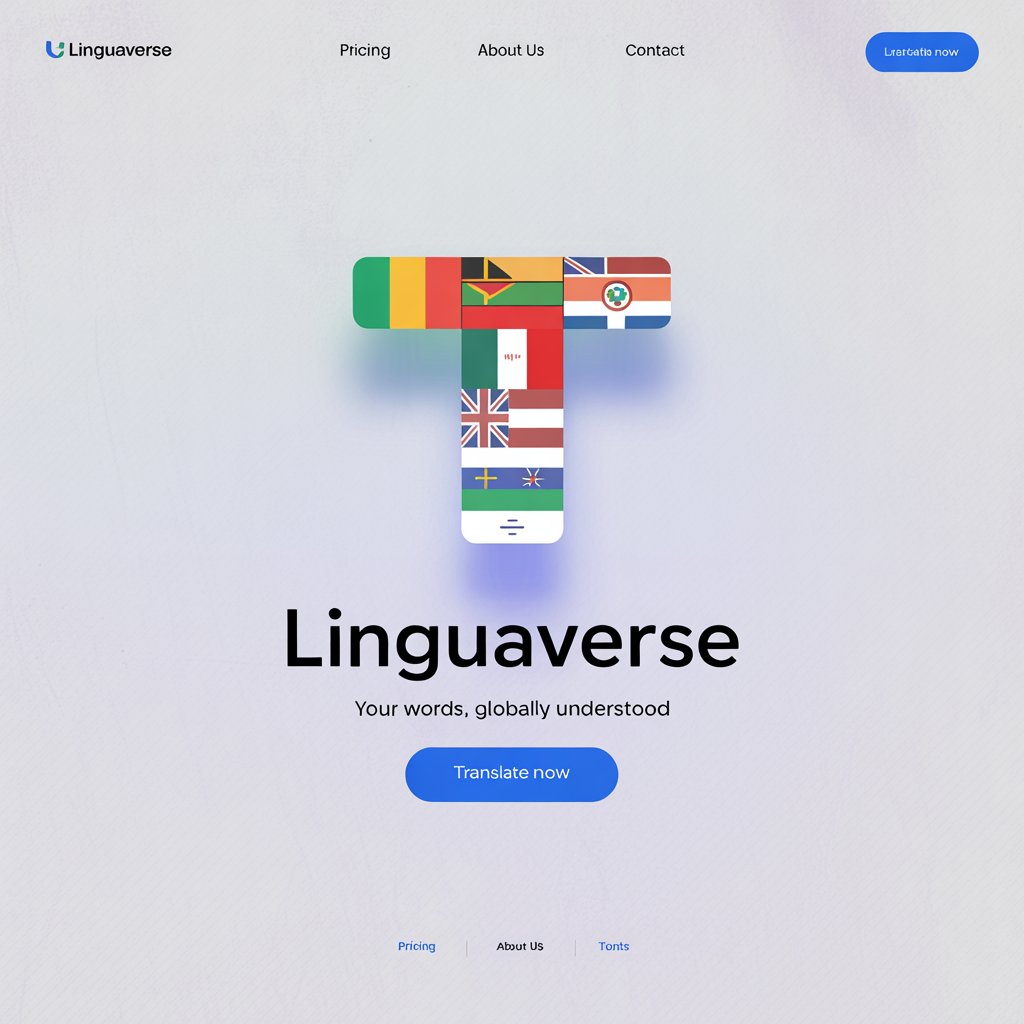Introduction:
The word “daughter” carries a weight that transcends borders, a syllable or two that holds love, hope, and legacy. I remember my friend Maria, who moved from Mexico to the United States, describing how her young daughter, Sofia, would giggle when called “hija” at home but blush when her American friends used “daughter.” It was as if the word shifted slightly in meaning, yet its core—a bond of care and connection—remained unshaken. Across the globe, “daughter” is more than a word; it’s a vessel for cultural values, family ties, and universal love. This article explores how this simple word is spoken in different languages, revealing the shared humanity that unites us all.
Reference Table: “Daughter” in Various Languages
Below is a table showcasing the word for “daughter” in 15 languages, along with cultural or linguistic insights:
| Language | Word for “Daughter” | Cultural/Linguistic Insight |
|---|---|---|
| Spanish | Hija | Used tenderly in family settings, often paired with affectionate nicknames like “mi pequeña.” |
| French | Fille | Also means “girl,” reflecting a linguistic overlap between youth and familial roles. |
| German | Tochter | Rooted in Old High German “tohtar,” emphasizing lineage and heritage. |
| Italian | Figlia | Evokes warmth and pride, often used in poetic or emotional contexts. |
| Mandarin | Nǚ’ér (女儿) | Literally “female child,” highlighting the familial bond in Chinese culture. |
| Hindi | Beti | A term of endearment, symbolizing love and responsibility in Indian families. |
| Japanese | Musume (娘) | Can also mean “young girl,” reflecting a cultural emphasis on youth and care. |
| Korean | Ttal (딸) | A concise, affectionate term used in close-knit family dynamics. |
| Arabic | Bint | Common across 20+ Arab countries, often paired with the father’s name (e.g., Bint Ahmed). |
| Swahili | Binti | Similar to Arabic “bint,” used widely in East Africa, symbolizing familial pride. |
| Zulu | Indodakazi | A term reflecting respect for daughters as carriers of family legacy in Zulu culture. |
| Yoruba | Ọmọbinrin | Literally “female child,” emphasizing the child’s role in the family unit. |
| Maori | Tamāhine | A term of reverence, often tied to the spiritual role of daughters in Maori communities. |
| Hawaiian | Kaikamahine | Reflects the importance of family (ohana) in Hawaiian culture, with a melodic tone. |
| Cherokee | Atsilvquodi | A unique term tied to Cherokee matrilineal traditions, where daughters hold central roles. |
European Languages: A Tapestry of Tradition
In European languages, the word for “daughter” often reflects deep-rooted traditions of family and heritage. In Spanish, “hija” is spoken with warmth, often accompanied by terms like “mi amor” in everyday conversations, signaling the emotional centrality of daughters in Hispanic families. In French, “fille” serves dual purposes, meaning both “daughter” and “girl,” which highlights a cultural view of daughters as embodiments of youth and vitality. Italian “figlia” carries a poetic resonance, often used in literature to symbolize love and continuity, as seen in classic Italian operas. In German, “Tochter” connects to ancient Germanic roots, emphasizing lineage and the passing down of family values. Across Europe, daughters are often seen as both cherished individuals and bearers of cultural legacy, with linguistic nuances reflecting regional values of warmth, pride, or heritage.
Asian Languages: Diversity in Expression
Asia’s linguistic diversity offers a rich tapestry of words for “daughter.” In Mandarin Chinese, “nǚ’ér” (女儿) literally means “female child,” underscoring the importance of family roles in Confucian-influenced societies. Across China’s vast regions, this term is universal, though dialects may add local flavor. In Hindi, “beti” is a term of deep affection, often used in Bollywood films to evoke familial love and duty, resonating in India and its diaspora. Japanese “musume” (娘) carries a gentle tone, often used to describe a young woman with care and protection in mind, reflecting Japan’s emphasis on familial harmony. In Korean, “ttal” (딸) is short and intimate, used in tight-knit families to express closeness. In Arabic, spoken across 20+ countries like Egypt, Saudi Arabia, and Morocco, “bint” is a versatile term, often paired with a father’s name (e.g., Bint Mohammed) to signify lineage. These variations highlight Asia’s blend of tradition, affection, and social structure, with daughters often symbolizing hope and continuity.
African Languages: Roots of Community and Legacy
In Africa, the word for “daughter” reflects community and legacy. Swahili, spoken in countries like Kenya, Tanzania, and Uganda, uses “binti,” a term borrowed from Arabic due to historical trade, symbolizing pride in East African families. In Zulu, spoken in South Africa, “indodakazi” carries a regal tone, reflecting daughters as vital to family and clan legacy. Yoruba, prevalent in Nigeria and Benin, uses “ọmọbinrin,” meaning “female child,” emphasizing the child’s role in the extended family. Across 20+ African nations, from Ethiopia (Amharic: “sət ləǧ”) to Ghana (Akan: “abaa”), the word for daughter often ties to communal values, where daughters are seen as connectors of past and future generations. These terms carry a sense of responsibility and pride, rooted in Africa’s collectivist ethos.
Indigenous & Island Languages: Sacred Connections
Indigenous and island languages offer unique perspectives on “daughter.” In Maori, spoken in New Zealand, “tamāhine” is imbued with spiritual significance, reflecting daughters as carriers of whakapapa (genealogy). Hawaiian “kaikamahine” resonates with the concept of ohana (family), emphasizing communal bonds in Polynesian culture. In Cherokee, spoken in parts of the United States, “atsilvquodi” connects to matrilineal traditions, where daughters historically held central roles in clan identity. Samoan “afafine” (used in Samoa and its diaspora) carries a lyrical quality, tying daughters to the cultural value of respect. Across 20+ indigenous and island communities, from the Navajo (“łééchąąʼííłééchąąʼíí”) to the Inuit (“panik”), the word for daughter often reflects sacred ties to land, ancestry, and community, emphasizing their role as cultural stewards.
Cultural Insights: The Evolution of “Daughter”
The word “daughter” has evolved across civilizations, often tied to cultural and historical shifts. In ancient Indo-European languages, terms like “dhugəter” (reconstructed Proto-Indo-European) linked daughters to family lineage, a concept still evident in modern European languages. In ancient China, the character for “nǚ” (female) in “nǚ’ér” was tied to Confucian ideals of family roles, emphasizing daughters as bearers of familial duty. In Arabic-speaking regions, “bint” has roots in Semitic languages, reflecting patriarchal naming traditions that persist in some areas. In African and indigenous cultures, daughters often held matrilineal significance, as seen in Cherokee and Zulu traditions, where they were central to clan continuity. Religious contexts also shaped the word’s meaning—Christian, Islamic, and Hindu texts often portray daughters as blessings, influencing modern usage. Over time, “daughter” has carried universal themes of love and legacy, adapted to each culture’s values.
Proverbs and Sayings: Wisdom Across Cultures
Proverbs about daughters reflect their universal significance:
- Spanish: “Una hija es un tesoro, pero también una responsabilidad.” (A daughter is a treasure, but also a responsibility.) – Highlights the balance of love and duty.
- Chinese: “女兒是父母的心肝寶貝。” (A daughter is the heart and treasure of her parents.) – Emphasizes emotional closeness in Chinese families.
- Yoruba: “Ọmọbinrin ni ìdílé, ìdílé ni ọmọbinrin.” (A daughter is the family, the family is the daughter.) – Reflects the communal role of daughters in Yoruba culture.
- Maori: “He tamāhine, he kaitiaki o te whakapapa.” (A daughter is a guardian of genealogy.) – Underscores the spiritual role of daughters.
- Arabic: “البنت زينة البيت.” (A daughter is the adornment of the home.) – Common in Arab cultures, symbolizing joy and pride.
These sayings capture the emotional and cultural weight of daughters worldwide, blending love, responsibility, and pride.
FAQs: Exploring “Daughter” Across Cultures
Why does the word for “daughter” sound similar in many languages?
Many languages share linguistic roots, such as Indo-European (“daughter,” “Tochter,” “figlia”) or Semitic (“bint,” “binti”) families, leading to phonetic similarities. Cultural exchanges, like Arabic influencing Swahili, also play a role.
What is the oldest known usage of the word “daughter”?
The Proto-Indo-European term “dhugəter” (circa 4000 BCE) is one of the earliest reconstructed roots, used in ancient societies to denote a female child tied to family lineage.
How do cultural differences affect the expression of “daughter”?
In matrilineal societies like the Cherokee, daughters hold central roles in inheritance, while in patriarchal cultures like some Arab societies, they’re often tied to family honor. Emotional expressions vary, from the affectionate “beti” in India to the formal “indodakazi” in Zulu.
Conclusion: A Universal Thread
The word “daughter” weaves a thread through humanity’s tapestry, carrying love, legacy, and cultural nuance in every syllable. Whether it’s the tender “hija” in a Spanish lullaby, the proud “binti” in a Swahili household, or the sacred “tamāhine” in a Maori ceremony, the word speaks to a universal truth: daughters are cherished across the globe. Their names may differ, but the emotions they evoke—love, pride, hope—are the same. Share your story in the comments below: How do you say “daughter” in your language, and what does it mean to you?




